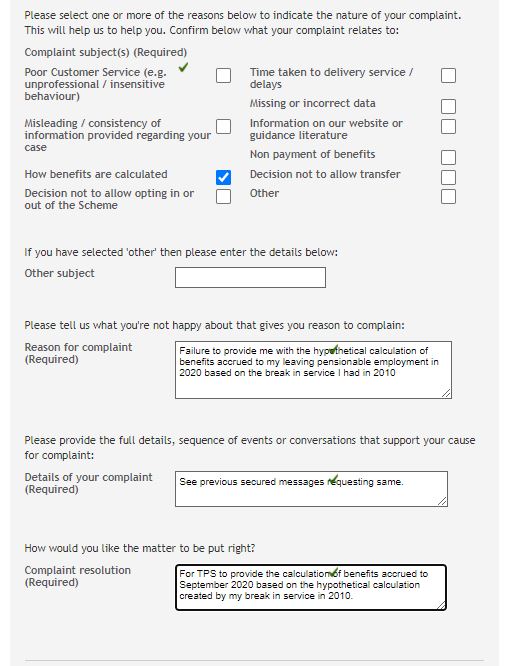
The Pension Pickpocket
If you retire at your Normal Pension Age and carry on, or return to, working then your pension may be abated (cut!).
Here I explain why and how to avoid it.
Reflections on reaching for retirement

If you retire at your Normal Pension Age and carry on, or return to, working then your pension may be abated (cut!).
Here I explain why and how to avoid it.
One method (method B) used to calculate your final salary looks at your last 10 years salaries.
These are revalued using inflation, which often makes them worth more than you are currently earning!
When teachers have periods of pay freezes and below inflation pay rises this method often produces a better final salary pension calculation.
This spreadsheet will let you enter your last 10 year’s salary figures and to check what is going to happen over the next few months and years to your Final Salary Pension. If it is going to drop then you should seek advice on whether opting out would be appropriate.

Retiring next year, or in 30 years – the pay freeze could bomb your pension.
Fix it for £1

I threw away £8,000 and to make it worse, continue to throw another £2,000 away every year. Learn how to use a little known rule to protect your pension.
https://www.youtube.com/watch?v=sFGJbmtMQHQ
Service to break 6 years, service after break 7 years.
Salary at break: £40,000.
Salary at end: £32,000.
End is LOWER than Break = Restricted
1) Break calculation: 6 years / 80 x £40,000 = £3,000 (then inflation is added, say 7 years @2%=~15%) £3,000 + 15% = £3,450.
2) End calculation: 13 years / 80 x £32,000 = £5,200
The best of these is £5,200, so that is what is received.
Service to break 6 years, service after break 7 years.
Salary at break: £40,000.
Salary at end: £44,000.
End is HIGHER than Break = Unrestricted
1) Break calculation: 13 years / 80 x £40,000 = £6,500 (then inflation is added, say 7 years @2%=~15%) £6,500 + 15% = £7,475.
2) End calculation: 13 years / 80 x £44,000 = £7,150
The best of these is £7,475, so that is what is received.
The hypothetical calculation is made every time you have a break in service and with teacher’s pay failing to keep pace with inflation for more than 10 years – and likely not to do so for quite a few more, it can easily mean that you will get a HIGHER pension than the one shown on your benefit statement. The problem is that TPS routinely REFUSE to tell you how much this calculation would give you.
One teacher I’ve been chatting with recently finally managed to get a successful conclusion by submitting a formal complaint. This is a paraphrased account of what happened:
Teacher to TPS: Please could you confirm what my pension will be based on the break in service I had in 2010
TPS to Teacher: Thank you for your secure message. I should explain that we do not provide hypothetical estimates of benefits. These calculations are only performed at retirement when a completed application for benefits has been received. I am sorry for any inconvenience this causes.
Teacher to TPS: Via complaint form

TPS to Teacher: Within the week a statement detailing the hypothetical calculation was provided for the teacher. The amount from this calculation was in the region of 10% higher than that he had been given previously

The final salary calculation has two parts – the obvious part, i.e. the last 12 month’s worth, but also another calculation – this explains both.

Pensions are a fraction of your salary. (80th, 60th, 57th etc) so does taking a pension mean having to watch every penny…it’s not as big a cut as you may think.
youTube: Poor Pensioners – Just how big a drop in income is it?

One of the biggest myths, or misunderstandings, is that taking the pension ‘early’, as early as 55, LOSES 20% of your pension.
There is some truth to this figure but it is NOT as significant as it first sounds…I explain more here

Proudly powered by WordPress | Theme: Baskerville 2 by Anders Noren.